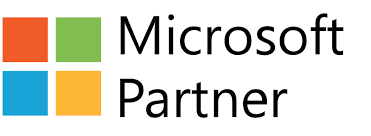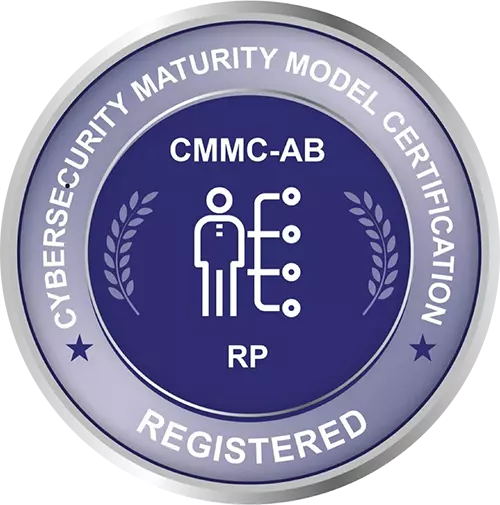
Healthcare systems often find themselves balancing two prerogatives: adopt more strategies for value-based care, but in ways that reduce the associated costs. One method for improving this process is by implementing concurrent reviews, which evaluate the appropriateness of ongoing patient care. Here’s how they can benefit your team, and what to do if managing them internally becomes too difficult.
Concurrent reviews are important for value-based care because they’re essentially part of patient personalization. As one Medical Economics contributor observes, patient personalization “leverage[s] data and analytics to understand how best to work with the patient to achieve the common goal of health and recovery.” That personalized service includes the decision to continue or discontinue specific care — arguably one of the most critical evaluations made in any medical setting. Concurrent reviews must therefore be performed in real time by informed medical professionals to determine if overall plans are still effective.
These reviews also offer insight for providers regarding their organization’s financial well-being and the services they should continue to offer. Take telehealth as one example: both its services, and its potential geographic footprint.
Prior to COVID-19, notes Healthcare Dive, telehealth licensure was primarily based on “being licensed in and caring for patients in a state; being a member of a licensure compact that allowed for care between states; or specific and prescriptive temporary licenses for telehealth.”
During the pandemic, many states issued temporary allowances for providers licensed in one state to offer telehealth services in another. Although it wasn’t a substantial portion of the medical care that patients received during that time, it is worth noting that “rural patients were more likely to use virtual care between states, suggesting its usefulness for expanding access to patients with geographic barriers to care.”
Maintaining or expanding services like these through one provider could relieve the potential strain felt by another within the same network, based on the data that’s collected.
Evaluating the appropriateness of patient care can go a long way to reducing inequities that exist in the healthcare system, especially when it comes to managing chronic disease. Healthcare Dive recently cited statistics regarding diabetes: of the $327 billion spent annually to treat it, $15.6 billion was unnecessary. If left unaddressed, these kinds of inequities have the potential to triple the amount of American healthcare spending by 2040.
Not only can concurrent reviews verify the necessity of care that a patient receives, they can identify a potential lack or misuse of those inpatient services. When applied consistently, these reviews benefit all aspects of care coordination: better health outcomes and lowered costs for patients, as well as improved reputations and reduced expenditures for providers.
While it’s certainly possible that in-house teams can perform these reviews, they may simply not have the time or the bandwidth. Considering how busy many doctors and nurses have been even before the start of the pandemic, their efforts are better spent focusing on patient care.
Instead, consider outsourcing this service to qualified, independent reviewers who have experience working with public, private, governmental, and state medical facilities for more than two decades.
HCRS has an established track record of successful partnerships performing concurrent reviews, auditing, and data management. We verify that those members of our review staff are recognized AHIMA professionals with several years of inpatient and outpatient treatment review, as well as a minimum of five (5) years with concurrent reviews.
When you’re ready, contact us to learn more about how we can help empower your team with the appropriate data for patient care.







Who We Are
Services
Career Opportunities
Interested in applying for a job with us? HCRS offers competitive compensation and benefits and hires a wide range of professionals. Apply Here

8601 Robert Fulton Drive, Suite 130 | Columbia, Maryland 21046 | Office: (301) 497-1187 Fax: (866) 384-2303
Copyright © 2025 Healthcare Resolution Services, Inc. All rights reserved. | Privacy Policy
